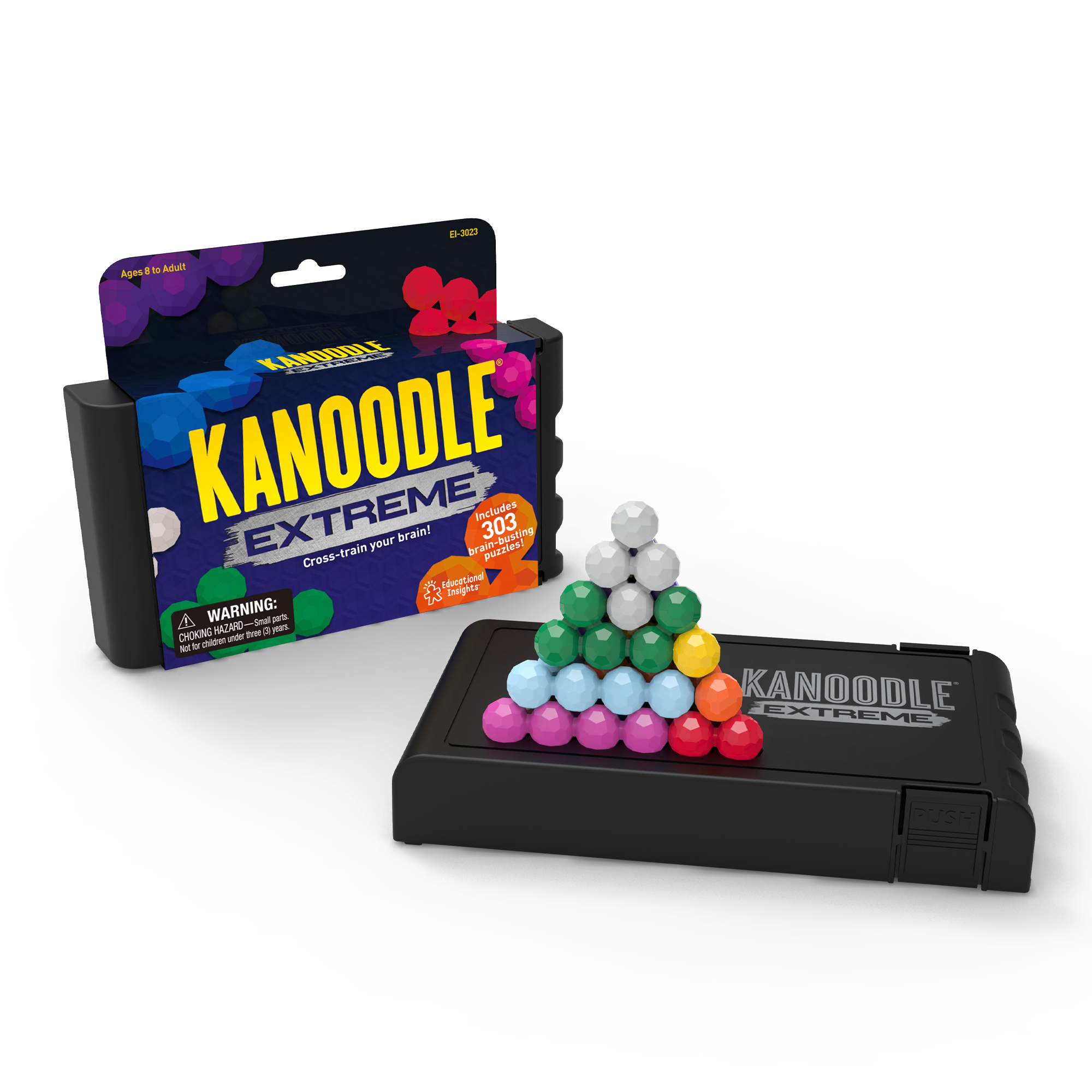Unlocking Brainpower with Kanoodle: A Puzzle Game for All Ages
In a world dominated by screens, few activities manage to captivate both kids and adults while also being genuinely good for the brain. Enter Kanoodle—a small but mighty puzzle game that has quietly built a loyal fan base among students, educators, parents, and puzzle enthusiasts. Portable, affordable, and endlessly replayable, Kanoodle might look like a simple toy at first glance, but once you start playing, you’ll quickly realize it’s anything but basic.
Let’s dive into what Kanoodle is, why it’s become so popular, and how this unassuming brain teaser can become a big part of your everyday mental workout.
What is Kanoodle?
At its core, Kanoodle is a brain puzzle game that challenges players to fit different shaped pieces into a variety of 2D or 3D puzzles. Each game set comes with colorful, interlocking plastic pieces (similar to Tetris shapes) and a booklet of increasingly difficult puzzles to solve. Some versions also include a compact carrying case, making it a favorite for car rides, travel, or classroom brain breaks.
The game is manufactured by Educational Insights and comes in several editions, including
-
Kanoodle Genius
-
Kanoodle Extreme
-
Kanoodle Head-to-Head
-
Kanoodle Gravity
-
Kanoodle Pyramid
Each version adds new twists, mechanics, or difficulty levels, so even seasoned players can continue to challenge themselves.
Why is Kanoodle So Popular?
The genius of Kanoodle lies in its simplicity and depth. It’s easy enough for a child to understand, but engaging enough to keep adults playing for hours. It doesn’t rely on batteries, screens, or internet access — just pure brainpower.
Here are some of the reasons Kanoodle stands out:
1. It Boosts Cognitive Skills
Kanoodle encourages critical thinking, problem-solving, spatial awareness, and logical reasoning. As the puzzles get harder, players must shift perspectives and think outside the box — literally.
2. Great for All Ages
Though often marketed to children (ages 7+), Kanoodle is equally challenging for adults. Many teachers and therapists also use it for cognitive development in kids and brain training in seniors.
3. Perfect for On-the-Go
Its compact design makes Kanoodle an ideal travel companion. Whether you’re in a waiting room, on a plane, or commuting, you can challenge your mind without needing a screen or Wi-Fi.
4. Screen-Free Entertainment
Parents are always on the lookout for ways to keep their kids engaged without relying on digital devices. Kanoodle offers an engaging and educational solution.
Educational Benefits of Playing Kanoodle
Beyond being fun, Kanoodle can also be an educational tool. Teachers frequently use it in classrooms for:
-
Early finishers: A reward for students who complete their work.
-
Brain breaks: A short mental refresher during long learning blocks.
-
STEM development: Encourages spatial reasoning, which is key for success in subjects like math, engineering, and science.
Occupational therapists have also found Kanoodle useful in helping children improve fine motor skills and problem-solving ability in a low-pressure, gamified environment.
Tips for Getting the Most Out of Kanoodle
If you’re just starting out or buying Kanoodle for someone else, here are a few quick tips:
-
Start with the easier puzzles: Build confidence and understanding before jumping into the more difficult challenges.
-
Use a timer: Turn Kanoodle into a timed challenge to boost excitement and improve speed.
-
Try a Kanoodle duel: Play with a friend and see who can solve a puzzle the fastest.
-
Take breaks: If you’re stuck on a puzzle, step away for a while. A fresh perspective can help you solve it faster.
Kanoodle in the Classroom and Home
Kanoodle isn’t just for solo play. Many families use it as a group challenge, and some classrooms have even started “Kanoodle Clubs,” where students race to complete puzzles or invent their own.
Some parents include it in their homeschooling toolbox to help break up academic tasks with hands-on brain games. It’s also become a favorite gift option—budget-friendly, gender-neutral, and endlessly engaging.
Final Thoughts
In a market flooded with expensive, overcomplicated toys and gadgets, Kanoodle proves that sometimes the most valuable learning tools are also the simplest. It doesn’t shout for attention, but it quietly trains your brain with each twist and turn.
Whether you’re seven or seventy, there’s something satisfying about solving a Kanoodle puzzle. It’s a game that encourages patience, perseverance, and clever thinking — all packed into a pocket-sized case.
